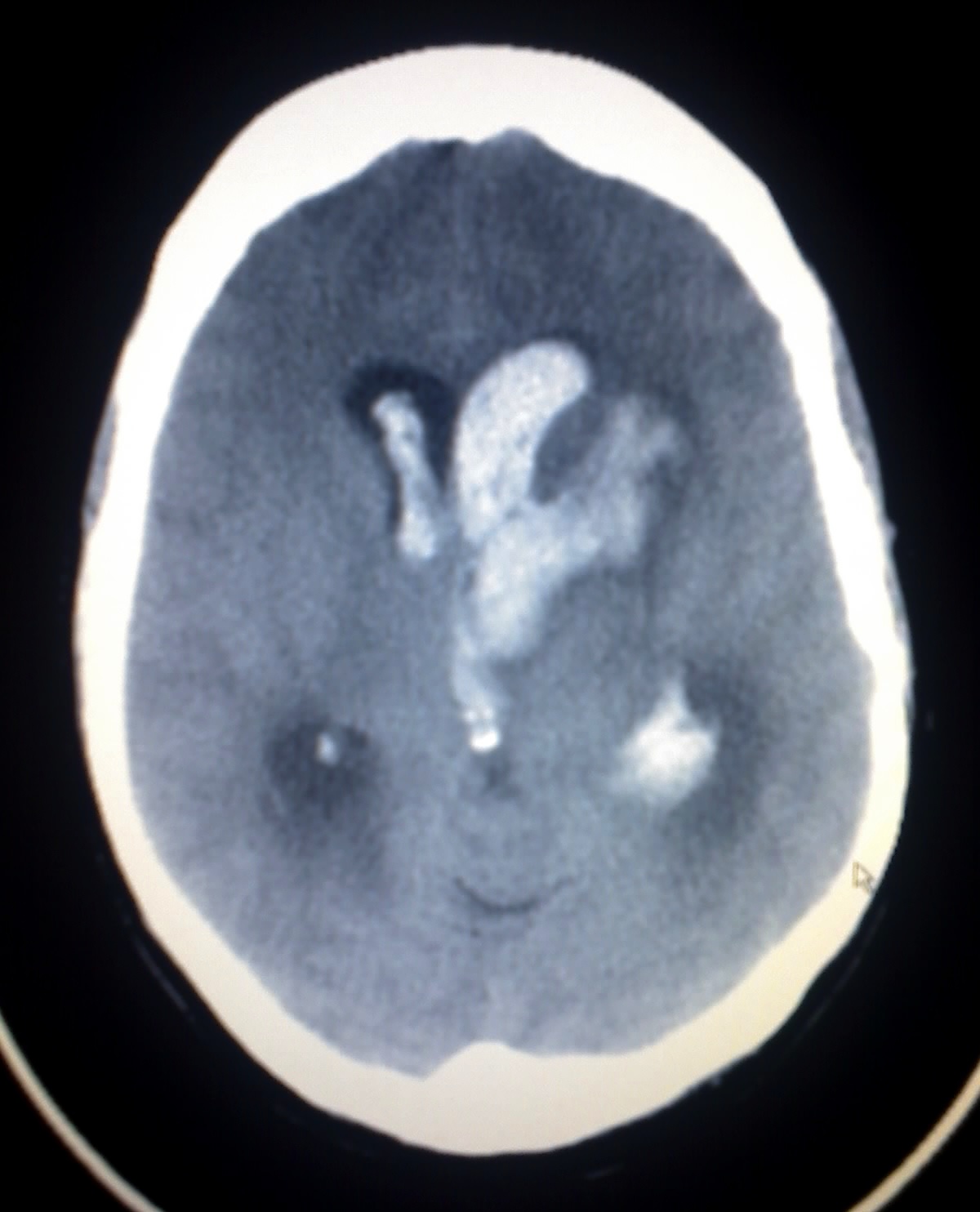Bonnet-Dechaume-Blanc syndrome
Editor-In-Chief: C. Michael Gibson, M.S., M.D. [1] ; Associate Editor(s)-in-Chief: Vamsikrishna Gunnam M.B.B.S [2]
Synonyms and keywords: Wyburn mason's syndrome; Retinoencephalofacial angiomatosis

Overview
Bonnet-Dechaume-Blanc syndrome or Wyburn mason's syndrome or Retinoencephalofacial angiomatosis is a rare arteriovenous malformation (AVMs) condition. In The United States of America in order to categorise a condition as a rare disease it should affect fewer than 200,000 people. Rare diseases also called as orphan diseases. Orphan Drug Act was passed on 1983 by congress for the rare diseases. Today an average of 25-30 million americans have been reported with rare diseases. The number of people with individual rare disease may be less but overall the number of people with rare diseases are large in number.
Historical Perspective
- Bonnet-Dechaume-Blanc syndrome was first discovered by Magnus, in 1874.[1]
- In [year], [scientist] was the first to discover the association between [risk factor] and the development of [disease name].
Signs and symptoms
Causes
Mechanism
Epidemiology
Diagnosis
Treatment
References
- ↑ Magnus, Hugo (1874). "Aneurysma arterioso-venosum retinale". Archiv für Pathologische Anatomie und Physiologie und für Klinische Medicin. 60 (1): 38–45. doi:10.1007/BF01938766. ISSN 0945-6317.